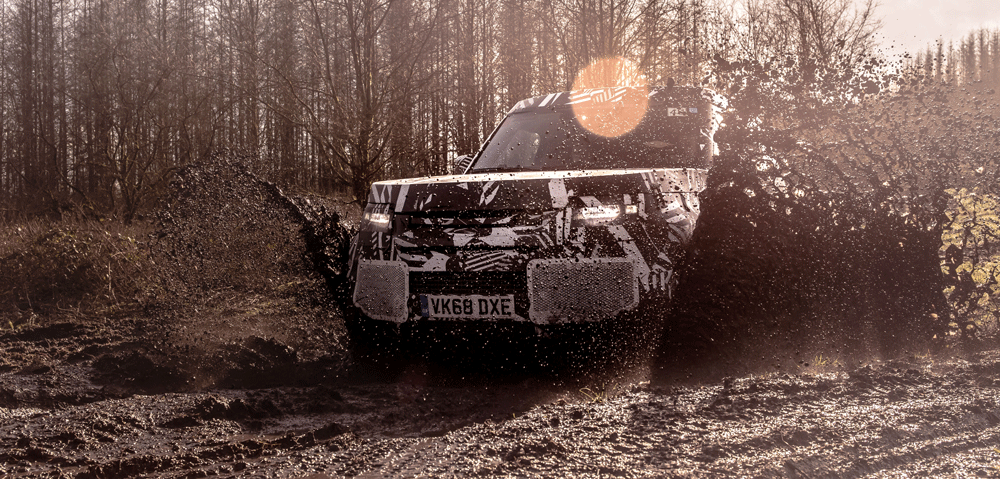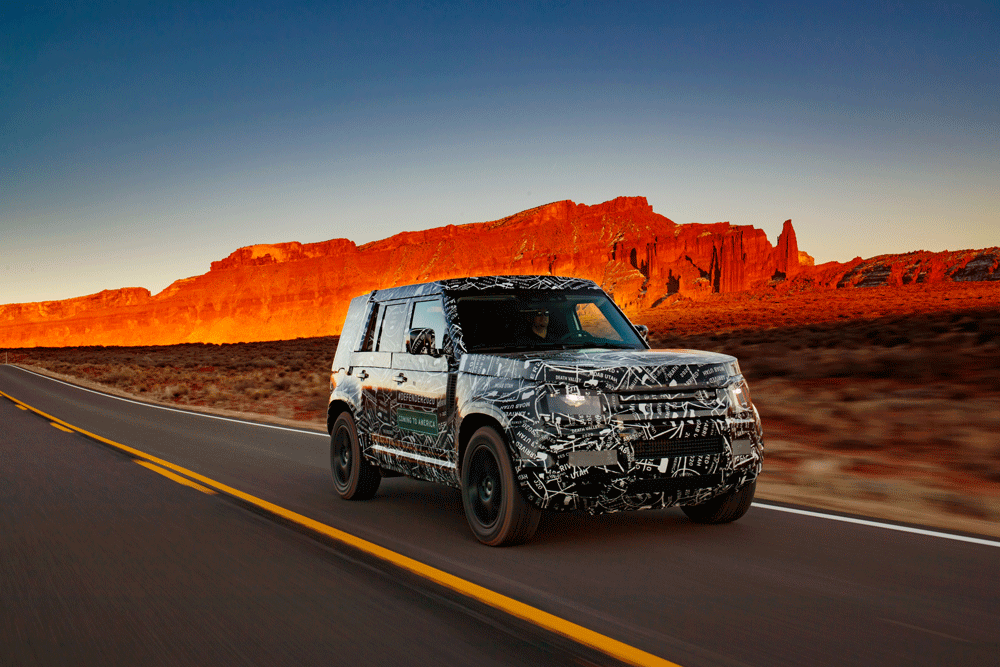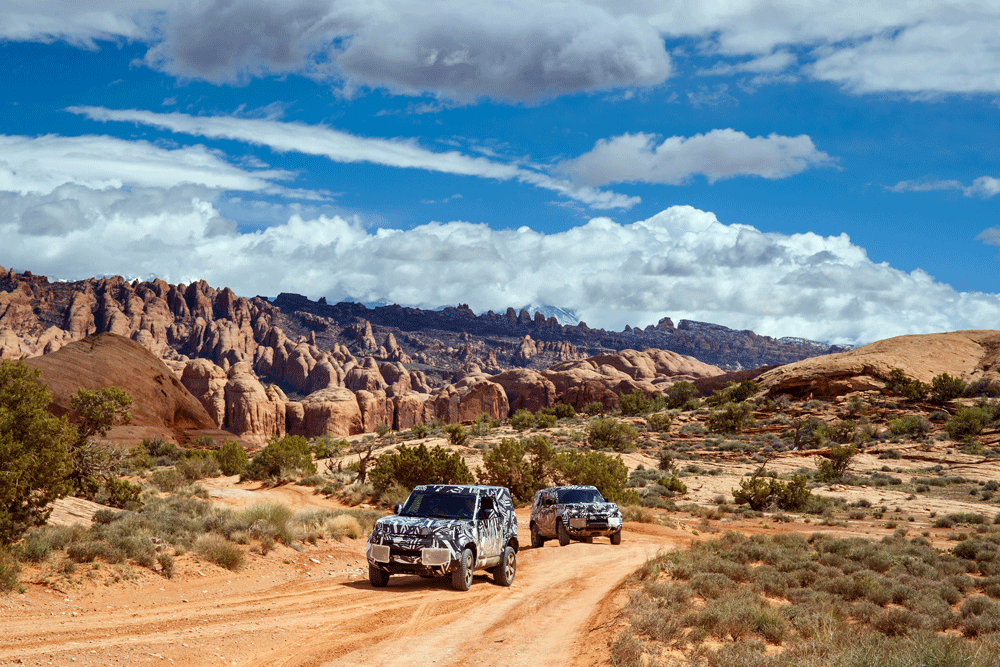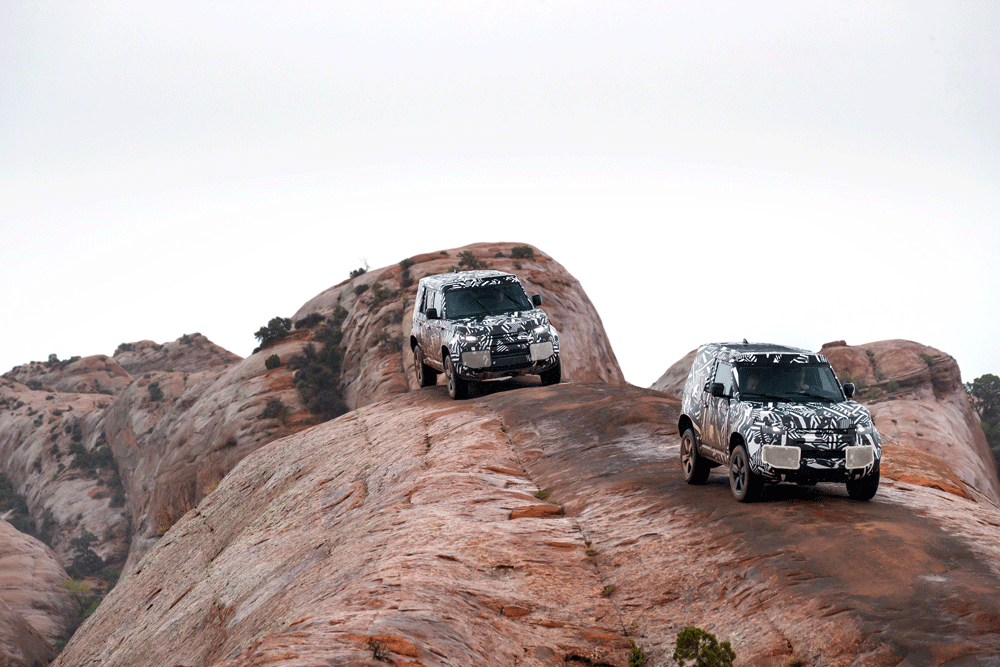The Land Rover Defender will soon complete its final phase of field testing with the Tusk Trust, on location in Kenya. A Defender prototype wearing a unique camouflage will be put through its paces at the Borana Conservancy as part of Land Rover’s 15-year partnership with Tusk Trust.
The prototype will tow heavy loads, wade through rivers and carry supplies across unforgiving terrain in a series of real-world trials at the 14,000ha reserve.
By the time the new Defender makes its public debut later in 2019, it will have passed more than 45,000 individual tests in some of the most extreme environments on Earth. Test vehicles have been driven in 50°C heat in the desert, in -40°C in the Arctic Circle, and at a 10,000ft altitude up the Rocky Mountains in Colorado.
Nick Rogers, executive director product engineering, Jaguar Land Rover, said, “In addition to the extensive simulation and rig testing, we’ve driven the new Defender 1,200,000km across all terrains and in extreme climates to ensure that it is the toughest and most capable Land Rover ever made.
“The incredible opportunity to put it to the test in the field, supporting operations at the Borana Conservancy in Kenya, with Tusk, will allow our engineers to verify that we are meeting this target as we enter the final phase of our development program.”
With on-road dynamics honed at the Nürburgring facility in Germany and its all-terrain capability tested on the muddy roads of Eastnor, UK, the rocky trails of Moab in Utah, and the sand dunes of Dubai, the new 4×4 promises to bring unparalleled breadth of capability and new levels of comfort and driveability.
Most of the base design and development work for the new Land Rover Defender has predominantly been done in the UK at the company’s Gaydon facility.






